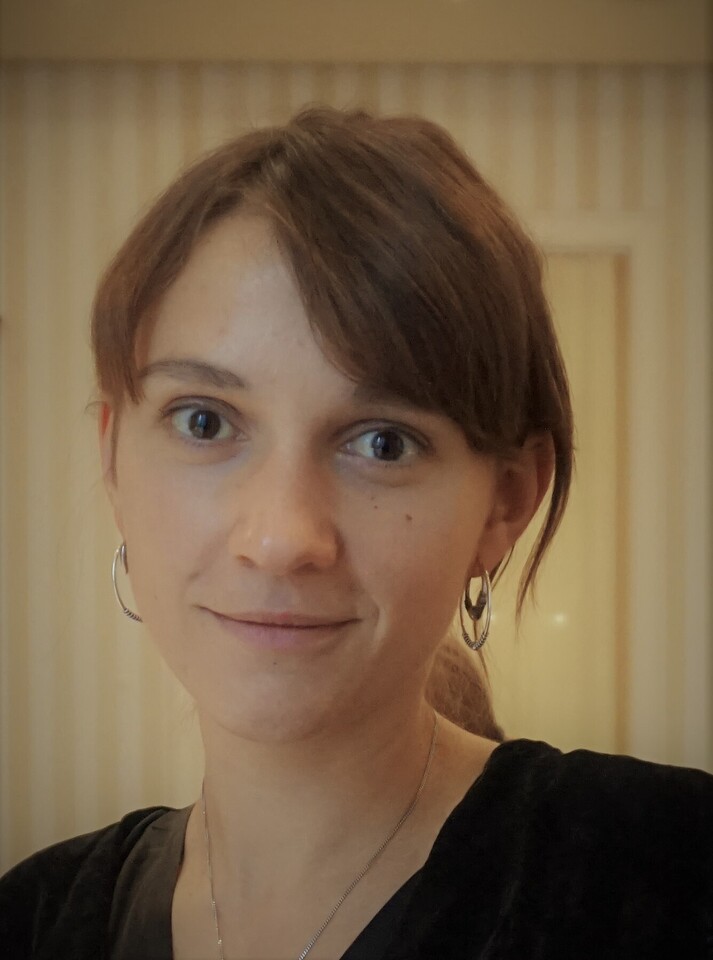
Mailing Address
Anna Jentsch
Geothermal Energy & Geofluids
Institute of Geophysics
NO F 61.1
Sonneggstrasse 5
CH-8092 Zurich Switzerland
Contact
| Phone | +41 44 633 2751 |
| ajentsch(at)erdw.ethz.ch | |
| LinkedIn – Adapt to the best of your knowledge and belief | Link |
Administration
| Dominique Ballarin Dolfin | |
| Phone | +41 44 632 3465 |
| ballarin(at)ethz.ch | |
Publications
[Go to Proceedings Refereed] [Go to Proceedings Non-Refereed] [Go to Theses]
Underlined names are links to current or past GEG members
REFEREED PUBLICATIONS IN JOURNALS
1.
Jentsch, AJ, WD Duesing, EJ Jolie, and MZ Zimmer, Monitoring the response of volcanic CO2 emissions to changes in the Los Humeros hydrothermal system, Nature Scientific Reports, 11, 2021. https://doi.org/10.1038/s41598-021-97023-x [Download] [View Abstract]Carbon dioxide is the most abundant, non-condensable gas in volcanic systems, released into the atmosphere through either diffuse or advective fluid flow. The emission of substantial amounts of CO2 at Earth’s surface is not only controlled by volcanic plumes during periods of eruptive activity or fumaroles, but also by soil degassing along permeable structures in the subsurface. Monitoring of these processes is of utmost importance for volcanic hazard analyses, and is also relevant for managing geothermal resources. Fluid-bearing faults are key elements of economic value for geothermal power generation. Here, we describe for the first time how sensitively and quickly natural gas emissions react to changes within a deep hydrothermal system due to geothermal fluid reinjection. For this purpose, we deployed an automated, multi-chamber CO2 flux monitoring system within the damage zone of a deep-rooted major normal fault in the Los Humeros Volcanic Complex (LHVC) in Mexico and recorded data over a period of five months. After removing the atmospheric effects on variations in CO2 flux, we calculated correlation coefficients between residual CO2 emissions and reinjection rates, identifying an inverse correlation of ρ = − 0.51 to − 0.66. Our results indicate that gas emissions respond to changes in reinjection rates within 24 h, proving an active hydraulic communication between the hydrothermal system and Earth’s surface. This finding is a promising indication not only for geothermal reservoir monitoring but also for advanced long-term volcanic risk analysis. Response times allow for estimation of fluid migration velocities, which is a key constraint for conceptual and numerical modelling of fluid flow in fracture-dominated systems.


